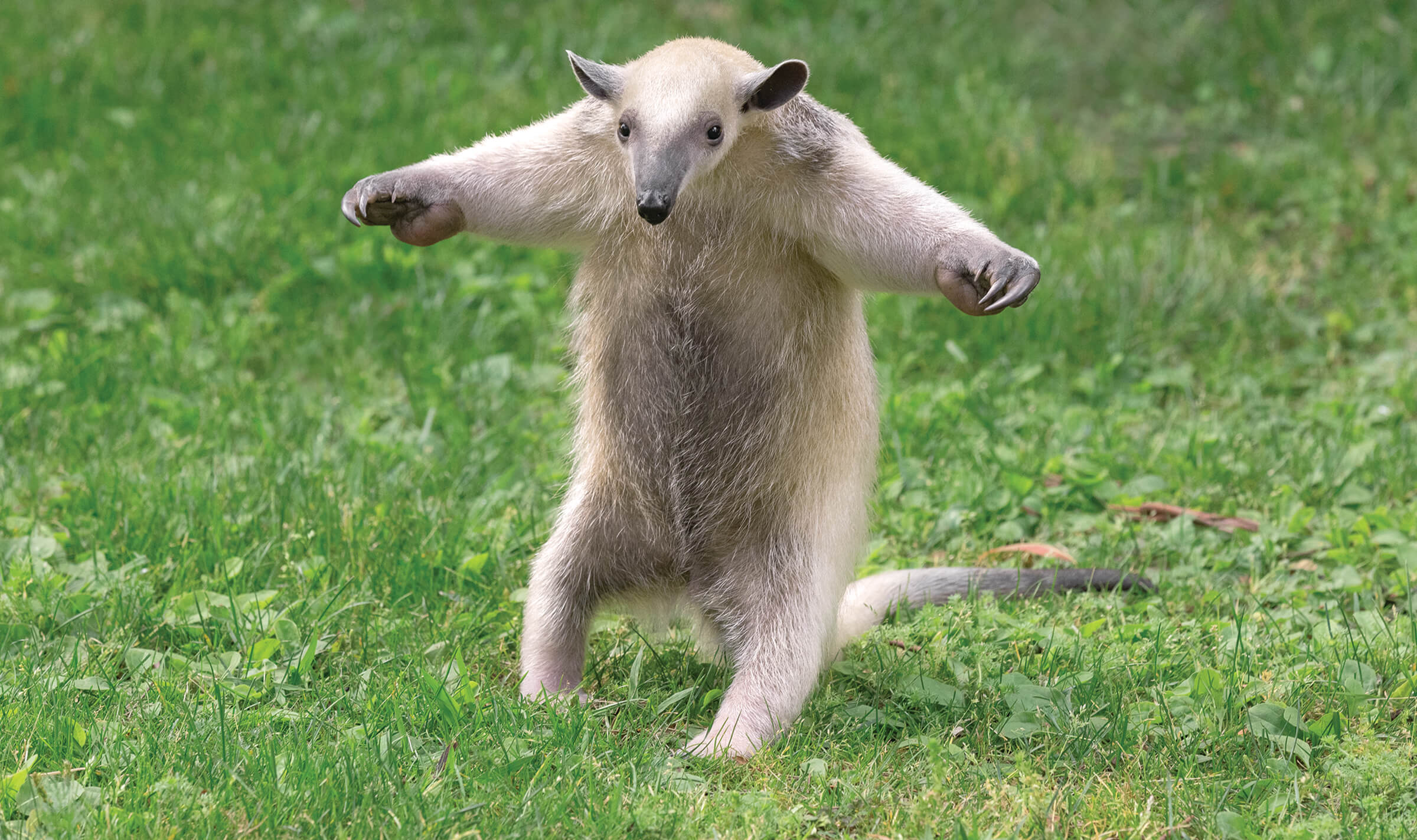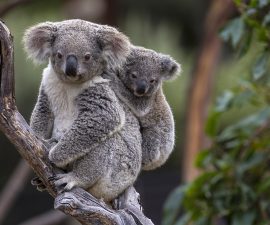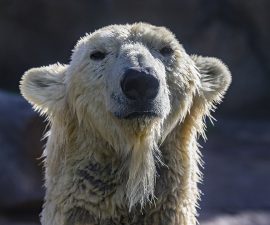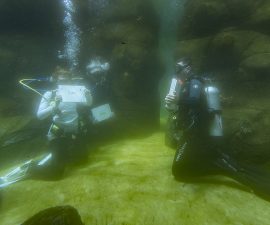BY SDZWA Staff
10 ways the Zoo’s all-new experience—opening soon—inspires both passion and empathy for nature in explorers of all ages.

Conservation is first and foremost about people. And inspiring the next generation of wildlife allies to join us in creating a world where all life thrives is the driving force behind the new Denny Sanford Wildlife Explorers Basecamp, a re-imagining of the former Children’s Zoo, opening soon. It’s the most significant expansion in the Zoo’s history, and it’s filled with immersive experiences, curious encounters, and engaging surprises around every corner. From naked mole-rats to coconut crabs, rainforests to desert dunes,
it’s a truly inspiring celebration of nature and wildlife.
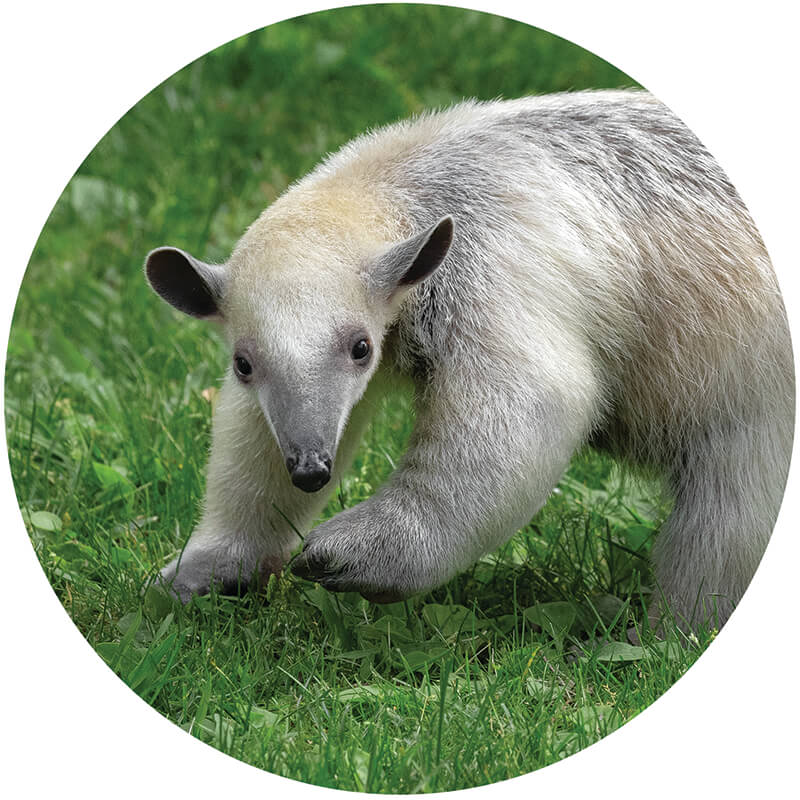
1. Anyone Home?
You might spot one of the San Diego Zoo Rady Ambassadors—furry, feathered, and scaly friends who take part in voluntary up-close encounters with visitors—in their dynamic new habitats here. But their homes might also be empty. If that’s the case, the ambassadors (like Manny the tamandua) are likely meeting visitors out and about on Zoo grounds. Or, they might be visiting a retirement facility or children’s hospital. These wild face-to-face meetings can be a powerful catalyst for conservation learning, so keep an eye out. You never know who will be right around the corner!
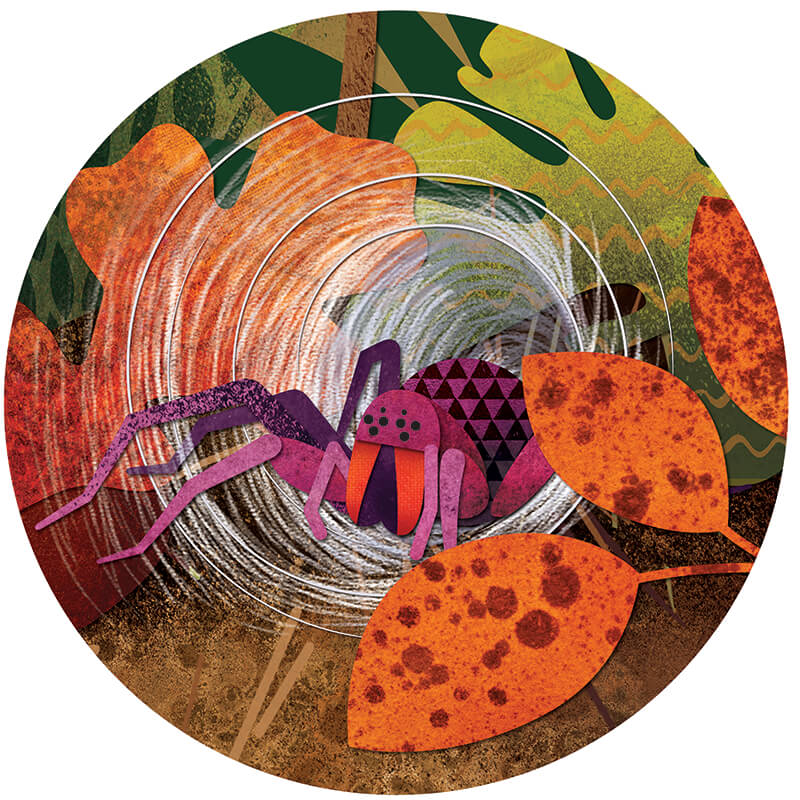
2. Empathy Workout
Empathy, or the ability to understand the feelings of another, is like a muscle; the more you use it, the stronger it gets. The Zoo’s new experience for children was designed to help visitors build empathy for wildlife, especially the so-called “creepy crawlies” that rarely get much love, in order to cultivate the next generation of wildlife protectors. This means that with each visit, people will leave with more compassion for creatures great and small. Increased empathy for wildlife has also been linked to increased empathy for people—the same parts of the brain are activated—so we hope that visitors will leave with greater care for each other, as well.
Parents and caregivers play a critical role in helping children develop empathy. By modeling positive encounters with wildlife, you set the foundation for lifelong wildlife advocates to grow. Families can continue to strengthen their empathy muscles even after leaving this new experience at the Zoo, by taking home a children’s book by award-winning San Diego Zoo Wildlife Alliance author Georgeanne Irvine. Each story tells a unique tale of hope and inspiration, allowing children to forge strong connections with the animals featured.

3. Give a Hoot
At just 10 inches (or two soda cans) tall, burrowing owls are one of our smallest neighbors in the Southwest—and in danger of becoming locally extinct. San Diego Zoo Wildlife Alliance collaborates with partners to protect burrowing owls through our Southwest conservation hub. Some chicks hatched in our care are reintroduced to their native habitat in San Diego County. Come face-to-beak with these raptors during your visit.
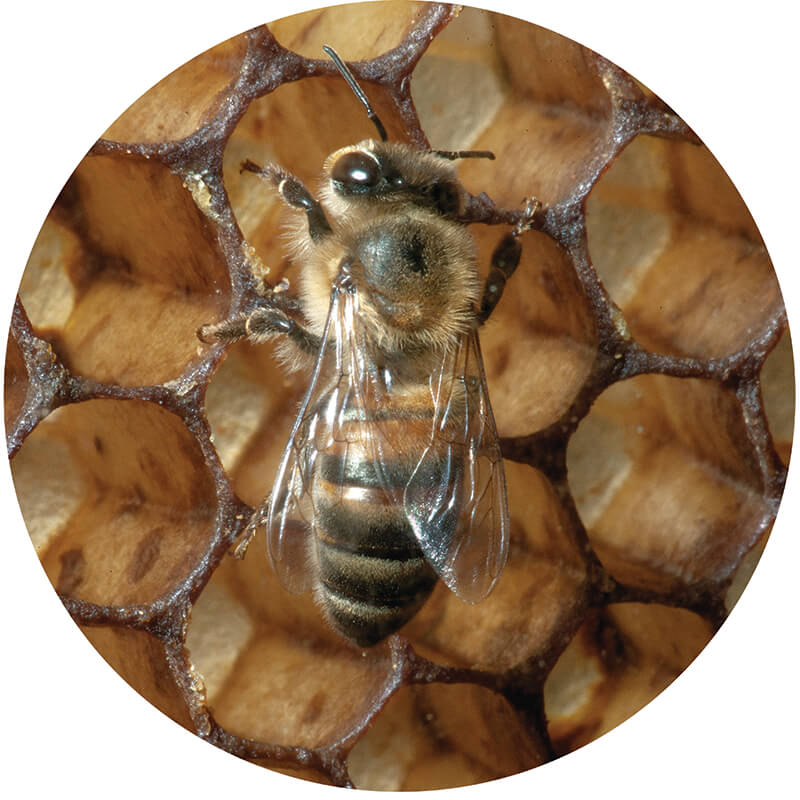
4. What’s the Buzz?
Inside the McKinney Family Spineless Marvels invertebrate house, you can peer inside a hive and marvel at thousands of honeybees hard at work—and maybe talk to a beekeeper. Honeybees were introduced here by European colonists in the 1600s, but long before they arrived, native bees were doing the pollinating. A mural near the honeybee habitat tells their story. Native bees don’t make honey, and they don’t live in hives. In fact, native bees are mostly solitary. There are at least 20,000 species of these bees, on every continent except Antarctica—and more than 4,000 of them in North America.
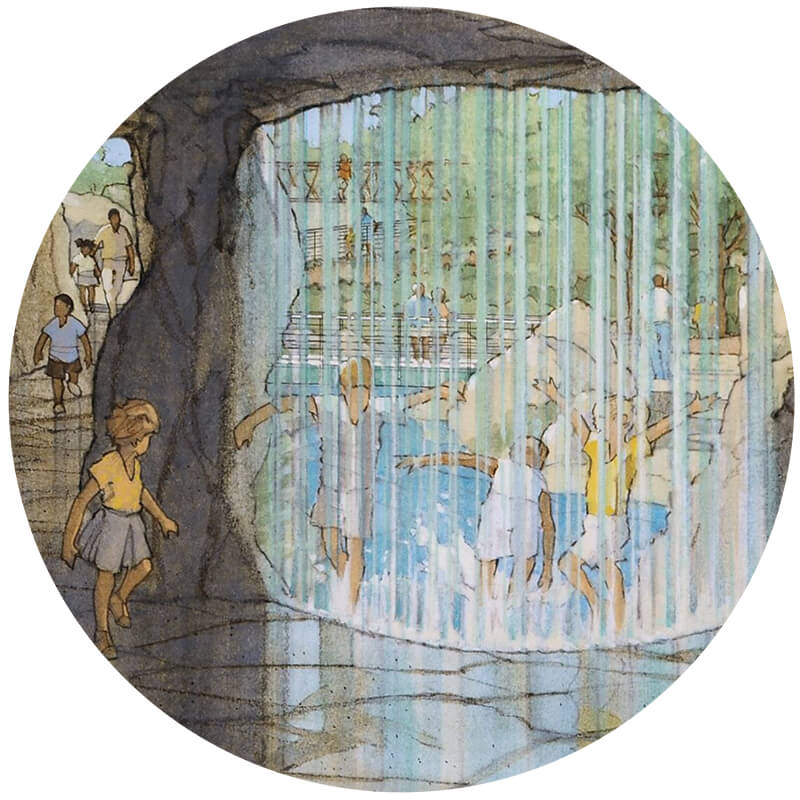
5. Nature Play, All Day
Who knew fun could be such serious business? At this new experience for children, kids can splash, slide, and jump side-by-side with wildlife. But these water features and climbing structures have a hidden benefit: time playing in and around nature has been shown to boost the physical, cognitive, social, and emotional aspects of children’s development. Nature play gives kids the opportunity to play freely in natural settings, with limited structure imposed by adults, building self-confidence, resilience, and creativity. We hope that swinging with monkeys and sliding by prairie dogs inspires people of all ages to continue enjoying time in nature, even after you’ve left the Zoo’s front doors.
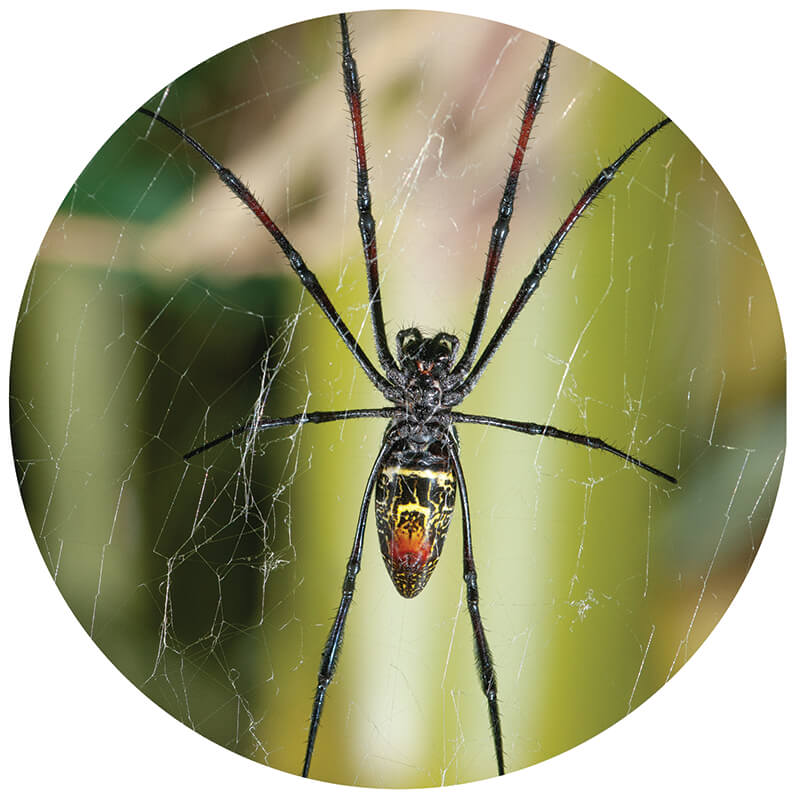
6. No Glass? No Problem
You might notice something missing from the golden orb weaver habitat: a barrier separating you and the spiders! But arachnophobes, have no fear. Golden orb weavers live life vertically, staying put in their strong, stretchy webs as long as they have everything they need. San Diego Zoo wildlife care specialists make sure that the orb weavers have insects to eat, water droplets to drink, and plenty of branches to weave their three-foot-wide webs, creating a safe and comfortable spider home. This means there’s no need for the golden orb weavers to wander—and no need for you to run away.
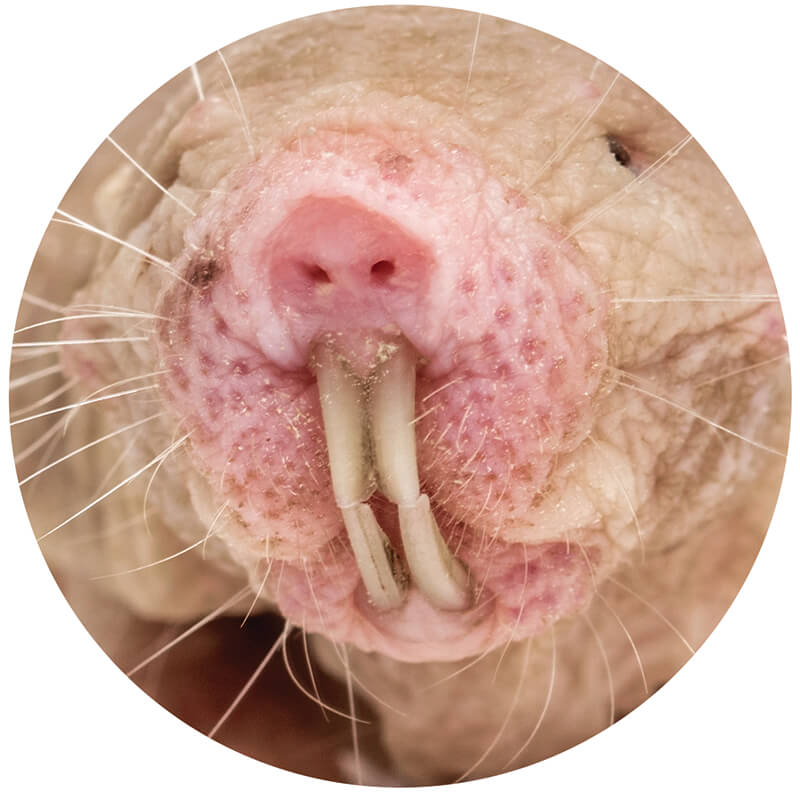
7. Be a Mole-rat
And see what life is like in their tunnels. Like ants and honeybees, these unusual rodents are eusocial. One queen is the mother of almost all the other mole-rats, and everyone in the colony has a job—like gathering food, digging tunnels, defending the burrow, or caring for young. Nearby, a kid-size tunnel immerses children into the sights, sounds—and even smells—of mole-rat life, and brings them face-to-face with a…kid-size mole-rat!
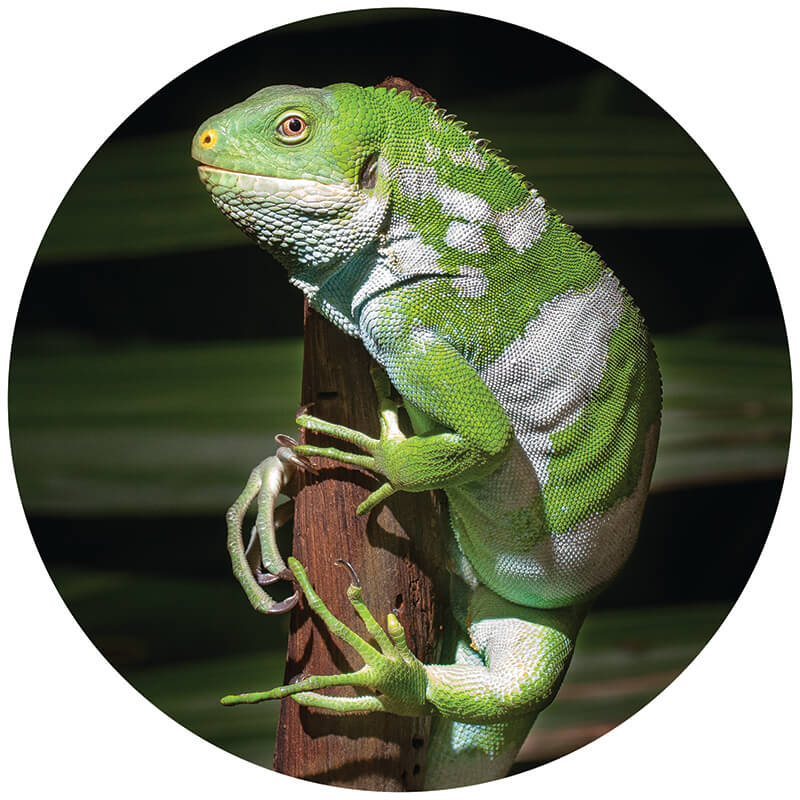
8. Save Fijian Iguanas
They don’t fly or breathe fire. But brightly colored Fijian iguanas do look like tiny, scaly creatures from a fanciful medieval legend. It’s no wonder one researcher described these endangered iguanas as resembling “neon-colored dragons.” But invasive species such as feral cats, rats, cane toads, and mongooses prey on them. They are losing habitat, and some are taken for an illegal, international exotic pet trade. Thankfully, your support of SDZWA helps these endangered lizards.
Kim Gray, curator of herpetology and ichthyology at the Zoo, participates in research in Fiji with partners including the U.S. Geological Survey, Australia’s Taronga Zoo, and the National Trust of Fiji. We’re also helping the people of Fiji to raise hatchlings until they are large enough to avoid predators (a process known as “headstarting”). Meet the neon dragons in the Art and Danielle Engel Cool Critters herptile house. With more than 125 young hatched here since 1981, we have the most successful breeding colony outside Fiji.
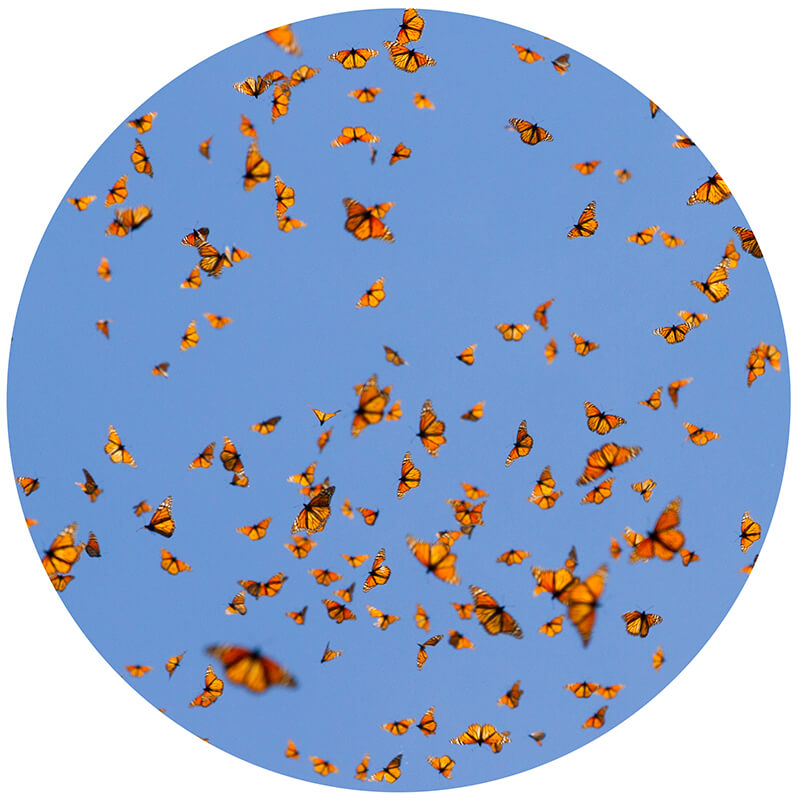
9. Tech? Check.
We’ve integrated dozens of hands-on ways for technology to enhance your experience at the new Denny Sanford Wildlife Explorers Basecamp. Will you be able to find the animated stick insects on our interactive screen? Give it a try! While you’re here, check out the multiuser microscope stations—embedded touch displays and software allow you to examine objects up close, take a snapshot, add notes and drawings, and share your observations. Volunteers and wildlife care specialists will be able to share multimedia as they interact with guests, thanks to custom touch tables that double as game consoles to help you learn more about conservation. Watch time-lapse images of orb-weaver spiders building webs, and visit our “underground” ant colony, illuminated by black light. You’ll also wander through an immersive migration experience, with surround sound, a meadow smellscape, and migrating butterflies and dragonflies “flying” above you, projected across a domed ceiling.
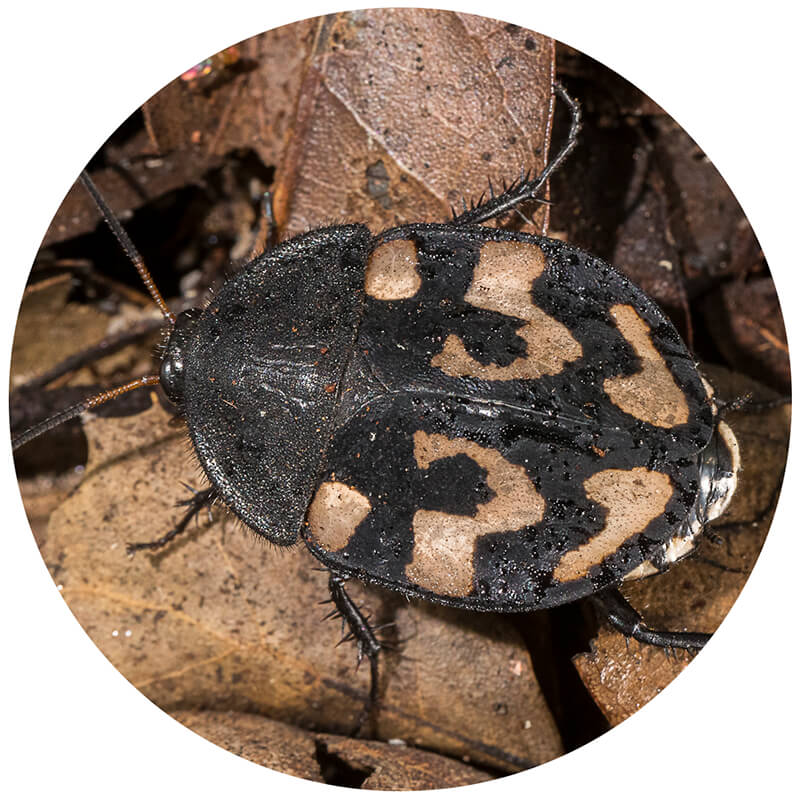
10. Who’s Doing the Dirty Work?
What happens to dead plant and animal matter before it decomposes? Meet the heroes of recycling. Cockroaches, millipedes, and beetle larvae—called grubs—munch stuff that might seem disgusting to us. But their food preferences are an important part of the nutrient cycle. By breaking this gunky material into small pieces (and pooping it out), they make it available to protozoans and bacteria that decompose it into molecules we need for life. From giant African millipedes to question mark roaches and enormous goliath beetles, they do their part, and you can see them in the McKinney Family Spineless Marvels invertebrate house.
Image credits from top: Robert Watts; Ken Bohn/SDZWA; Amy Blandford/SDZWA (2); Ken Bohn/SDZWA; Robert Watts; Ken Bohn/SDZWA; GlobalP/Getty Images Plus; Ken Bohn/SDZWA; Court Whelan/Getty Images Plus; Ken Bohn/SDZWA.

